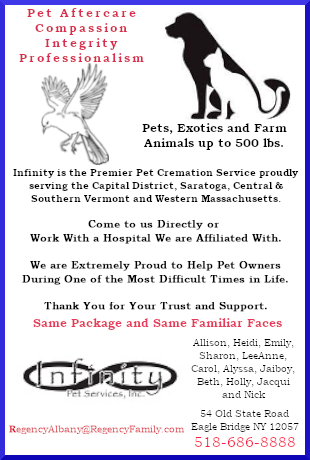-
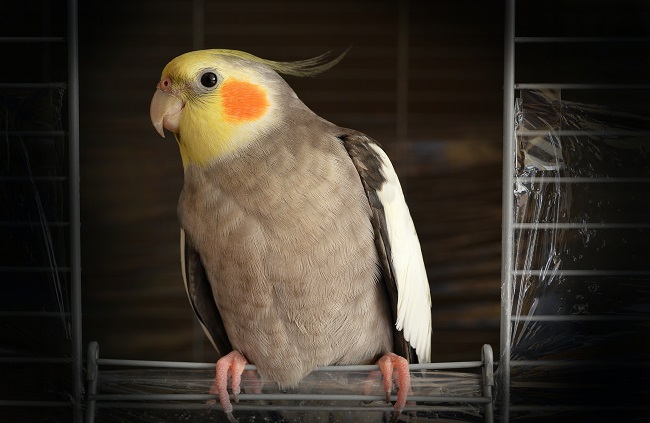
How to Avoid Malnutrition in Pet Birds
Most disease and illness in pet birds is directly or indirectly the result of malnutrition and stress. This is not to say that birds are underfed by any means, only that they are not fed the right food in the right amounts-which varies from species to species. Most birds are on an all-seed diet out […]
-
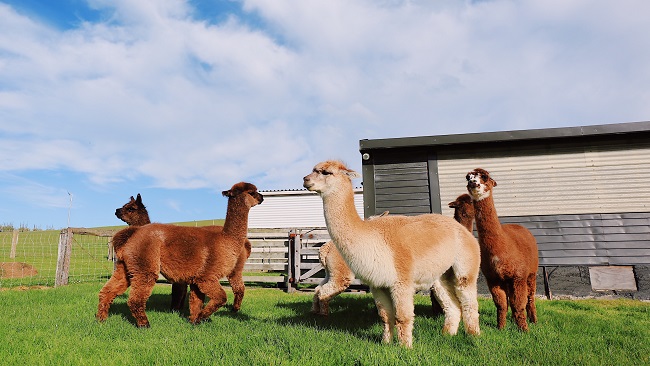
Frequently Asked Llama and Alpaca Questions
Llamas and alpacas are becoming more popular. They can also be a good livestock investment and be good pets. Listed below are the answers to the most common questions about them. Where are They Originally From? Llamas and alpacas come from Peru, Bolivia, and Chile, in the high plains areas called the Altiplano (elevation: 8,000’-15,000’). […]
-
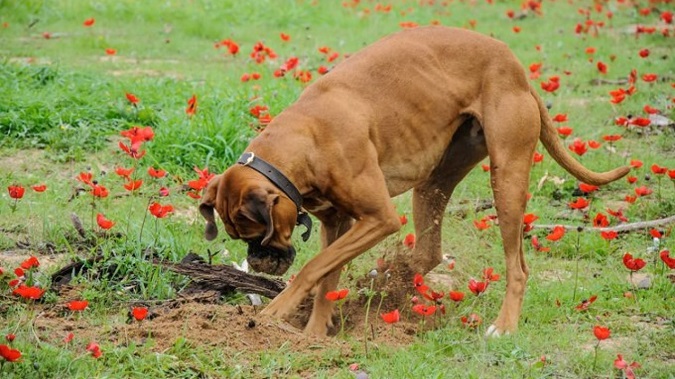
How to Prevent Excessive Digging by Your Dog
Dogs love to dig, tear up plants and generally get dirty, and this should not be surprising. There is usually no problem or harm in dogs digging up the occasional area that seems especially interesting or digging up plant roots and throwing them around the garden, but constant destructive behavior can make for an unhappy […]
-
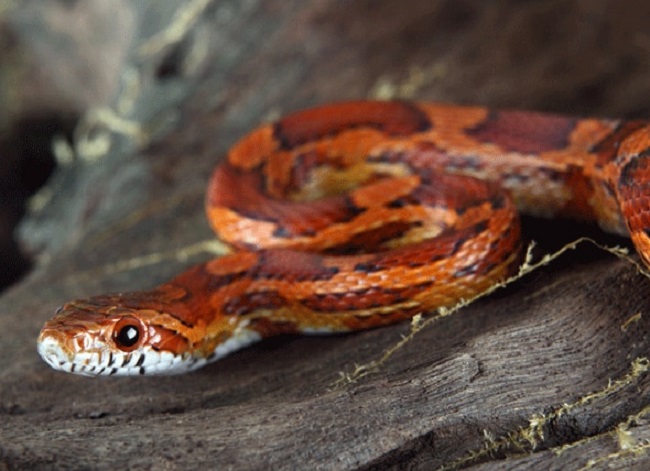
How to Choose Your First Reptile or Amphibian
There is no greater thrill then finally deciding to take the plunge and purchase your first reptile or amphibian. Hopefully you will not take this task lightly since the species of reptile or amphibian you choose and the specific animal you pick out from the pet store can greatly affect your first experience. Beware that […]
-
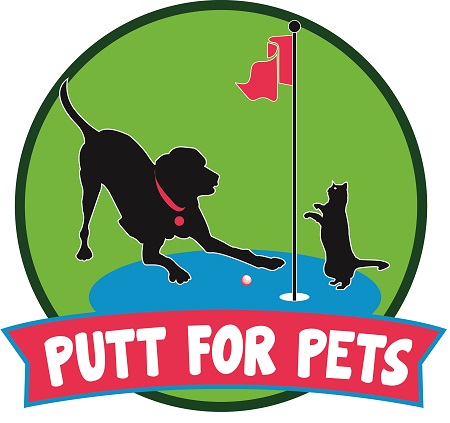
Second Chance Animal Center Announces October Golf Tournament Fundraiser
Second Chance Animal Center is organizing its inaugural golf tournament, Putt for Pets, to benefit their shelter operations, services, and community programs. “We are so excited to be out in the community once again,” says Cathi Comar, Executive Director. “Since late March 2020 we suspended our community outreach and fundraising events because of the COVID-19 […]
-
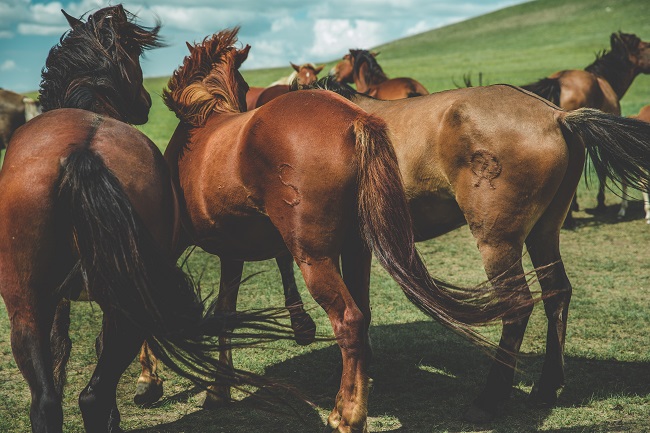
What a Horse Does With Its Tail Tells You a Lot
Horses relate through body language, and the tail is one of their most expressive “talking” parts. It is used to communicate information about their physical and emotional states both within the herd and between horse and rider. The consummate herd animal, the horse depends on his equine peers for his very survival. Over millions of […]
-
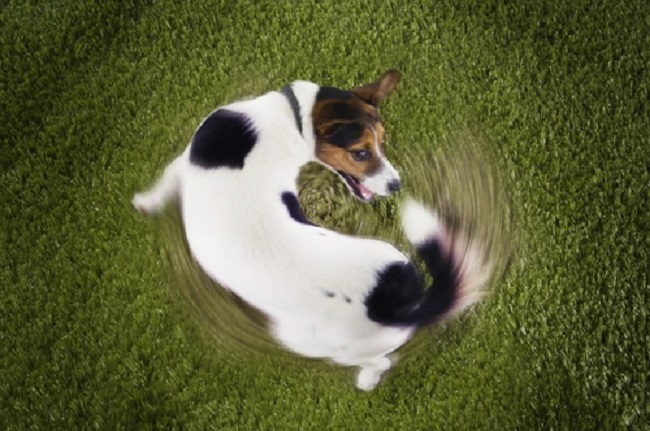
How But More Importantly Why You Should Teach Your Dog to Spin
There is a common misconception that a dog that knows a few parlor tricks, like play dead or high five, is simply performing a “silly” pet trick. On the contrary, although the maneuver may look a bit silly, training it is no easy task. It takes a skilled human teacher and a clever dog to […]
-
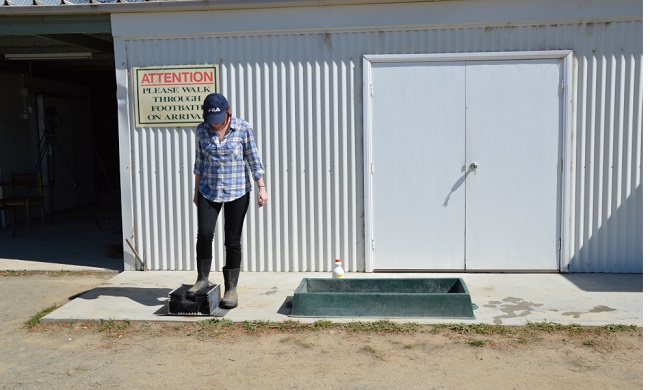
Biosecurity is a Key to Keeping Horses Healthy
Biosecurity means doing everything you can to reduce the chances of an infectious disease being carried onto your farm by people, animals, equipment, or vehicles, either accidentally or on purpose. Follow these steps to help reduce the threat of infectious disease contaminating your herd Showing Your Horse Use your own trailer and don’t ship your […]
-
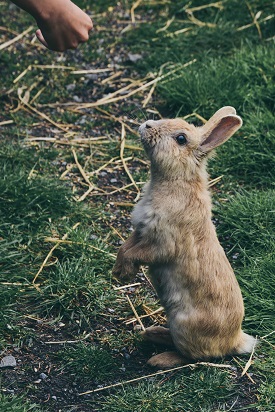
No Dog or Cat Food for Rabbits
It is very dangerous for a rabbit to snack on dog or cat food. These foods are designed for carnivores not for herbivores. They are high in protein and fat as well as carbohydrates in the form of grains, usually corn. Although rabbits can eat small amounts of dog or cat food and appear to […]
-
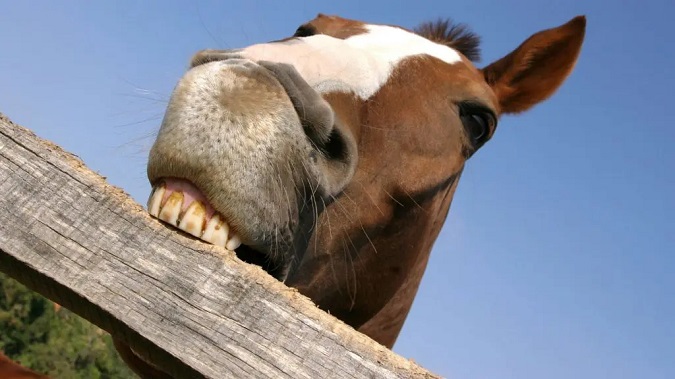
The Cause of Cribbing Behavior in Horses
Research indicates that cribbing or crib-biting behavior in horses is not learned, and probably has a genetic basis. Cribbing is a compulsive behavior in which the horse grabs a solid object, arches his neck and sucks in air. It has long been thought that the action releases endorphins and therefore causes a pleasurable sensation. Once […]
